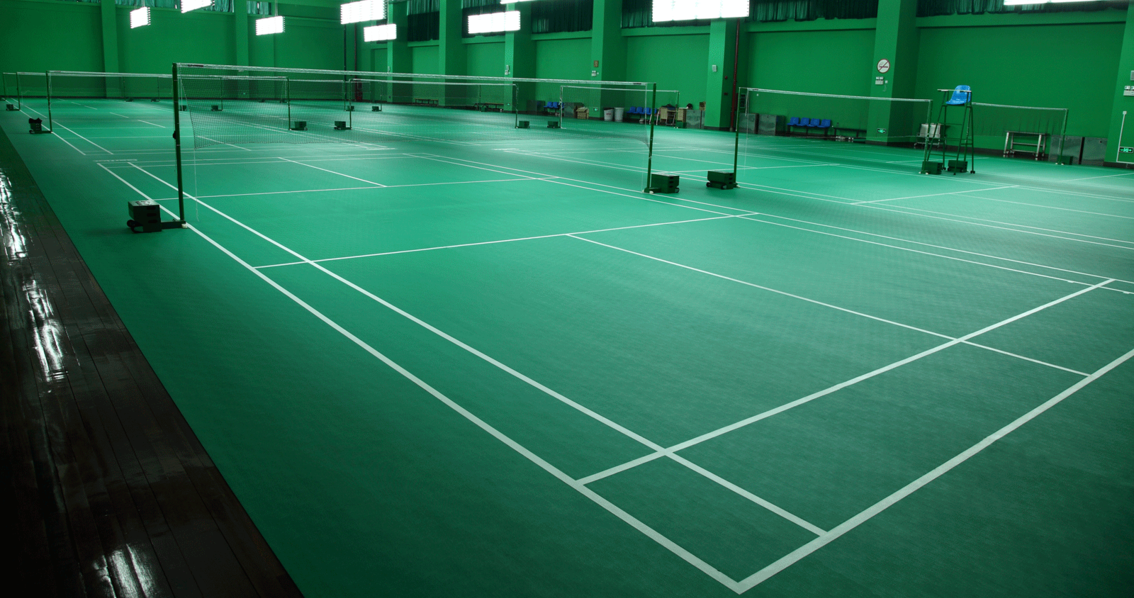
Being environmentally conscious is in the world’s today, and the demand for sustainable and eco-friendly solutions is another aspect growing in the construction and design. This does not exempt tennis courts and other sports facilities. Sustainable tennis court flooring is gaining popularity among players and facility managers who want to be sustainable without compromising quality or performance. If you are considering resurfacing tennis courts, checking out the cost for concrete tennis courts, or how to build a tennis court one in a sustainable manner, there are many eco-friendly options to sit on the fence about.
Asphalt and Concrete Alternatives
Traditionally, most tennis courts were built using either asphalt or concrete, though these surfaces are not among the environmentally preferred ones because of their high carbon footprint and their poor drainage characteristics. Innovations are in their way through the tennis world from porous asphalt and concrete alternatives. These composite materials allow water to drain down through the surface, cutting down on runoff and improving drainage, making them appropriate and useful for outdoor tennis courts when standing water would cause major damage in the long run.
Why it matters: Such a choice in picking porous alternatives can not only help with water conservation but also help mitigate the environmental impact of legacy materials. If you are contemplating the concrete tennis court cost, a permeable or eco-friendly asphalt surface might reduce your long-term maintenance costs since these materials crack less and tend to be less susceptible to damage from weather conditions.
Environmental-Friendly Ingredients in the Acrylic Coatings
Acrylic courts are arguably among the most used flooring options for tennis courts because of the durability aspect and the consistency of playing surface it provides. Today, most acrylic coatings are now environmentally friendly because they tend to reduce the level of VOCs and harmful chemicals in the formulations. As with other coatings with higher environmental performance, these coatings still perform at levels comparable to those worth the price of entry.
Why it matters: For facilities looking to continue the traditional practice of applying acrylic courts while also being sustainable at the same time, the next best solution is to use environmentally friendly formulations of acrylic coatings. Also, in resurfacing, since acrylic requires regular resurfacing, using green materials in tennis court resurfacing cost may even decrease further the carbon footprint of the facility.
Synthetic Grass with Recycled Material
Artificial grass tennis courts are becoming more widely used eco-friendly flooring option in 2025. Such courts resemble and act like grass, providing softer footing than traditional hard courts. Novel advancements in synthetic grass production have made recycled plastic turf a reality, immensely reducing the ecological impact involved in court construction.
Why it matters: The low maintenance and absence of moving, watering, or render synthetic grass courts more sustainable environmentally than natural grass courts. Construction of tennis courts using eco-friendly recycled materials for artificial grass is a great method for saving water and resources.
Recycled Turf and Green Options of Flooring
Another sustainable type of flooring is recycled turf, which turns used artificial grass product into new flooring surfaces for tennis courts. Such courts are especially appealing in smaller facilities or community centres that seek to provide some resistance yet environmentally friendly surface.
Why it matters: Recycled turf offers the performance benefits of regular artificial grass while simultaneously actively reducing waste and minimizing the need for new synthetic materials. As a growing number of businesses and organizations have started to prioritize sustainability, recycled turf proves to be a wise choice for eco-conscious construction.
Low Maintenance, Long Life Surfaces
Sustainability in tennis court flooring pertains not only to the materials but also to the longevity and maintenance requirements of the surface, which, in turn, directly affect the environmental impact. Durability refers to how often certain materials must be repaired and resurfaced to be considered sustainable; fewer resources will ultimately be expended on surfaces that last longer and are lower in maintenance.
Why it matters: Sustainable options like rubber, synthetic grass, or eco-friendly acrylic floorings require low maintenance and are long-lasting. This minimizes frequent repairs, reducing wastage and environmental impact. Some sustainable types of flooring for tennis courts may attract a premium price now for resurfacing, but their low maintenance and repair costs justify their selection for the future.
Sustainable Tennis Court Construction Techniques
Building a sustainable tennis court is not just about using sustainable flooring; it is a whole process that should be approached with environmental consciousness in mind. That is, using sustainable materials for the court structure, having the court drainage designs efficiency, choosing surfaces that need less maintenance and use fewer chemicals.
Why it matters: Whether you may be constructing a full-blown facility or building your backyard tennis court, incorporating sustainability during installation can greatly reduce your carbon footprint. The best way to ensure this is to hire contractors who have good experience building tennis courts but in sustainable designs.
Conclusion
Sustainable flooring solutions for tennis courts are no longer in the realm of niche markets but are rapidly making their entry into the mainstream of residential and commercial court construction. Such options include recycled rubber surfaces and porous alternatives as well as synthetic grasses derived from recycled materials, all of which today provide the best of both worlds: minimization of environmental impact together with high-quality performance.